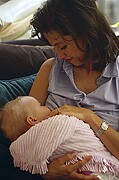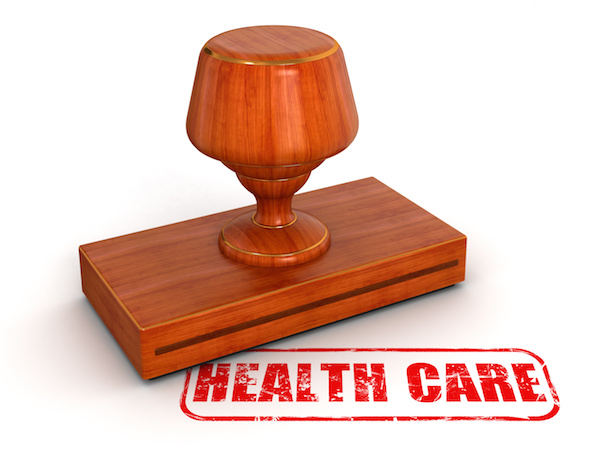
THURSDAY, Jan. 17 (HealthDay News) — Women who are breast-feeding should take precautions when deciding what type of breast pump to use, particularly if they are considering buying or renting a used or second-hand pump, according to a new report from the U.S. Food and Drug Administration.
Although breast pumps can range from single, manual pumps to double, electric-powered models, all have a few basic parts, including a breast shield that fits over the nipple, a pump that creates a vacuum to express the milk and a detachable container for collecting the milk, Kathryn Daws-Kopp, an FDA electrical engineer, said in the report, which was released Jan. 15.
The FDA oversees the safety and effectiveness of these devices.
Although women can buy breast pumps, many hospitals, medical supply stores and lactation consultants rent breast pumps that can be used by multiple women. The FDA advised all women who use rented or second-hand pumps to buy an accessory kit with new breast shields and tubing — even if the existing kit looks clean.
Potentially infectious particles may linger in a breast pump or its accessories for a long time after a woman finishes using it. These germs can infect the baby or the next woman who uses that pump, said Dr. Michael Cummings, an obstetrician and gynecologist with the FDA.
The report, published on the Consumer Updates page of the FDA’s website, offers the following tips to ensure that a breast pump is clean:
- Rinse each accessory that comes into contact with breast milk in cool water immediately after pumping.
- Wash each accessory separately using liquid dishwashing soap and warm water, and rinse each piece in hot water for 10 to 15 seconds.
- Allow each accessory to air-dry completely on a clean towel or drying rack.
The FDA noted that women who rent breast pumps should request that all parts of their pump be cleaned, disinfected and sterilized according to the manufacturer’s directions. Women need to follow these safety guidelines even if they decide to use a pump considered “hospital grade.”
“Sometimes these pumps are labeled ‘hospital grade,’ but that term is not one the FDA recognizes, and there is no consistent definition,” Daws-Kopp said. “Consumers need to know it doesn’t mean the pump is safe or hygienic.”
Daws-Kopp pointed out that the definition of “hospital grade” may also vary between companies. The FDA encourages breast pump makers to instead use the terms “multiple user” and “single user” in their labeling.
“If you don’t know for sure whether a pump is meant for a single user or multiple users, it’s safer to just not get it,” Daws-Kopp advised.
The FDA report also recommended that women seek the advice of a lactation consultant to determine what type of breast pump will fit their needs. Among the questions mothers should consider:
- Do I plan to pump exclusively or pump in addition to breast-feeding?
- Where will I pump?
- Do I need to bring my pump to work or use it while I am traveling?
- Will I have access to an electrical outlet while pumping?
- What are the manufacturer’s policies regarding accessories and how they fit?
“Human milk is recommended as the best and exclusive nutrient source for feeding infants for the first six months, and should be continued with the addition of solid foods after six months, ideally until the child is one year of age,” Cummings said in the agency news release.
The FDA noted that babies given breast milk benefit from improved gastrointestinal function and development as well as fewer respiratory and urinary tract infections. Breast-fed babies also are less likely to be obese and are less likely to have heart disease, diabetes, inflammatory bowel disease, allergies and some cancers later in life.
More information
The FDA provides more information on breast pumps.

